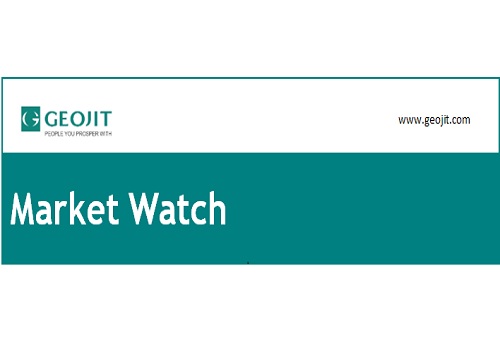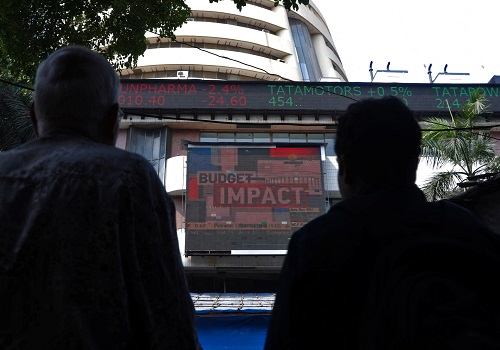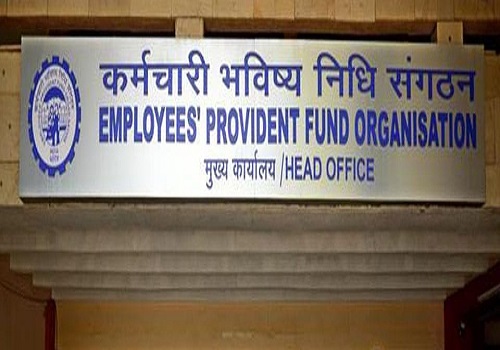Increasing Red Sea crisis likely to push shipping costs by up to 60%: GTRI

Economic think tank the Global Trade Research Initiative (GTRI) in its latest report has said that the increasing Red Sea crisis may impact trade as it is expected to push shipping costs by up to 60 per cent and insurance premium by 20 per cent. This conflict could also result in increased shipping costs (40-60 per cent) and delays due to rerouting (up to 20 days more), higher insurance premiums (15-20 per cent), and potential cargo loss from piracy and attacks.
According to the report, the situation around the Bab-el-Mandeb Strait, a crucial shipping route connecting the Red Sea and the Mediterranean Sea to the Indian Ocean, has escalated due to recent attacks by Yemen-based Houthi militants. Due to these attacks, it said the shippers are taking consignments through the Cape of Good Hope, resulting in delays of about 20 days. The Houthi conflict's disruption of the Red Sea shipping lanes significantly impacts Indian trade, especially with the Middle East, Africa, and Europe.
The report further said that India, heavily reliant on the Bab-el-Mandeb Strait for crude oil and LNG imports and trade with key regions, faces substantial economic and security risks from any disruption in this area. For overall merchandise trade with Europe and North Africa, about 50 per cent of imports and 60 per cent of exports, totalling $113 billion, might have used this route. It added that the conflict has necessitated India to consider alternative routes, such as the longer Cape of Good Hope, which could lead to increased energy costs.
























